Bitcoin
Bitcoin
Understanding Bitcoin
Bitcoin represents a digital currency, a virtual form of money, independent of any central bank or government. Its creation and management are based on cryptography, most notably in the form of Blockchain technology, making it hard, if not impossible, to fake. The brainchild of an unknown entity going by the pseudonym Satoshi Nakamoto, Bitcoin unleashed a financial revolution when announced in 2008.
An Introduction to Bitcoin Mining
Bitcoin Mining refers to the mechanism by which new Bitcoins get introduced into the network, while also maintaining utmost security of Bitcoin's infrastructure. Miners are responsible for completing two tasks: validating every new transaction and creating new Bitcoins.
How does Bitcoin Mining work?
Miners use powerful computers to resolve complex mathematical puzzles that seal a group of verified transactions, called a block, adding it to a public ledger called the blockchain. Thus, the term 'mining' originates from the parallel that gold miners exert effort and resources to mine gold, and so do Bitcoin miners "mine" Bitcoins out of the system.
The Reward
Each miner who manages to solve the puzzle first is rewarded with a certain number of Bitcoins. This process retains a competitive edge amongst the miners and has a two-fold benefit - ensuring the security of the Bitcoin network and controlling inflation of the Bitcoin currency.
The Road Ahead
With ever-growing adaptations and recognition as a legitimate currency, Bitcoin mining has become an attractive process. While offering the promise of high-return investment, it also brings along certain risks due to price volatility. Hence, it is crucial for anyone intending to invest in Bitcoin or undertake Bitcoin mining to understand the intricacies and remain updated on any related news and trends.
Blog Posts with the term: Bitcoin

This guide simplifies Monero solo mining with XMRig, covering setup and optimization to mine efficiently. It explains the benefits of using XMRig, necessary hardware requirements, and how to set up a Monero wallet for secure fund management....
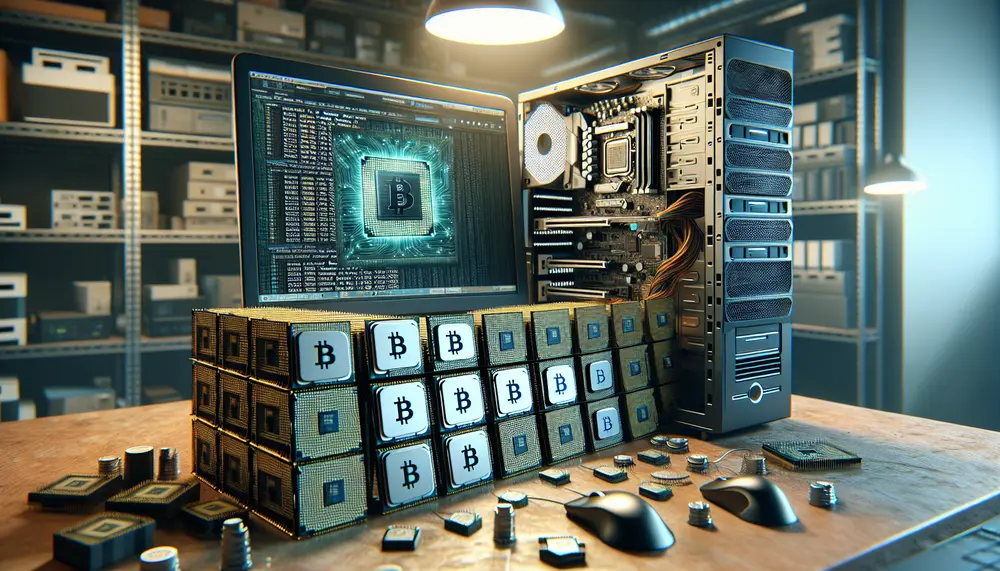
Monero mining with CPUs is accessible and cost-effective due to the RandomX algorithm, which optimizes CPU performance over GPUs; top processors include AMD Ryzen 9 3950X and Intel Core i9-10900K. Benchmarking involves measuring hash rates and power consumption using software...
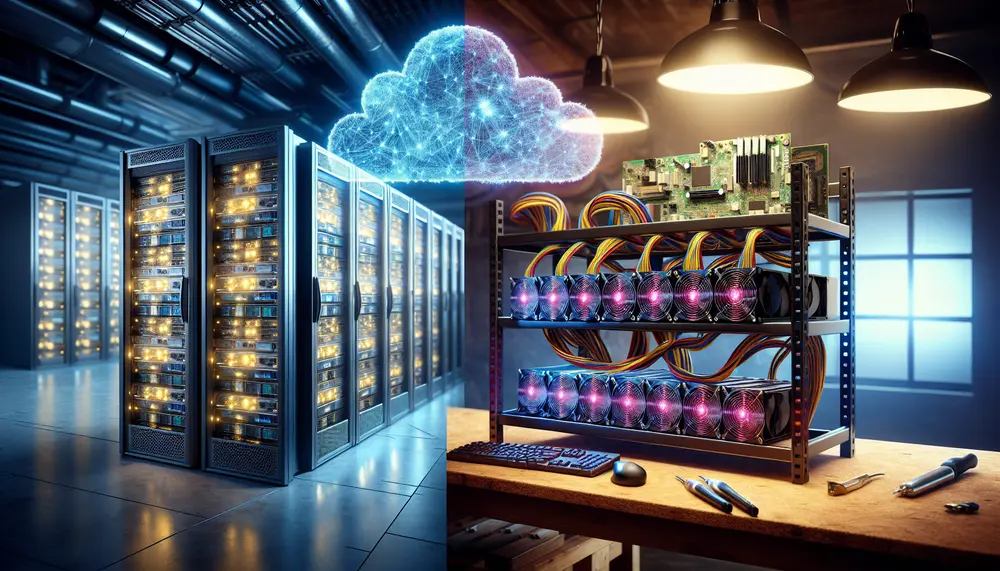
Cloud mining allows individuals to lease processing power from remote data centers for cryptocurrency mining, offering convenience and lower upfront costs but potentially reduced earnings and risks of scams. Hardware mining involves owning equipment with greater control and profit potential...
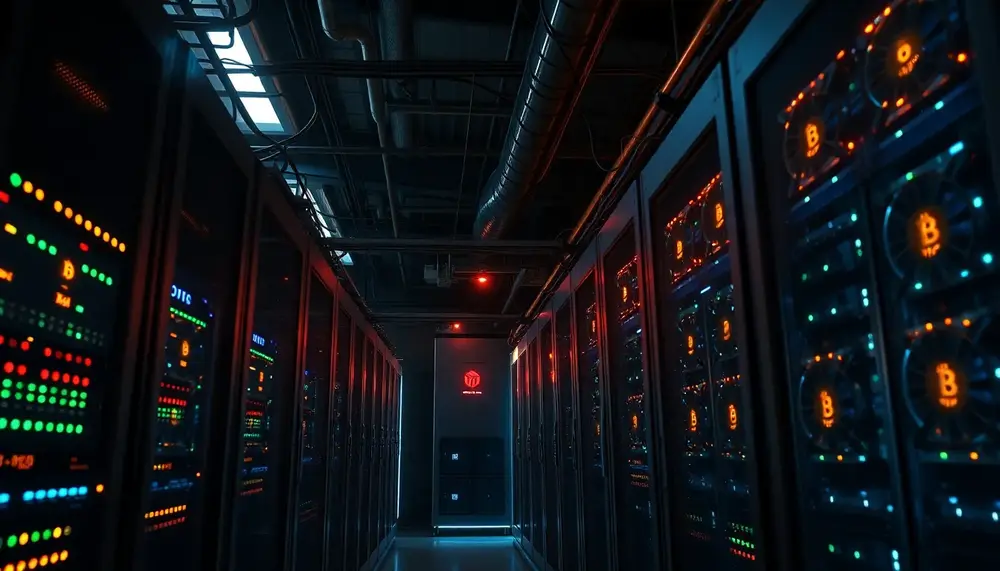
A mining pool is a collaborative group of miners who combine their computational resources to increase the likelihood of successfully mining cryptocurrency blocks and sharing rewards, essential due to the high power demands that make solo mining nearly impossible. Setting...

Mining XRP directly is not possible; instead, miners can earn XRP by mining other cryptocurrencies and exchanging them for XRP. This guide covers setting up a secure wallet, choosing the right software like Unmineable or NiceHash, and configuring your mining...

Real USDT mining apps allow users to mine Tether (USDT) directly from their smartphones or computers, offering a simplified and accessible entry point for both beginners and seasoned miners. These apps feature user-friendly interfaces, automated mining options, real-time earnings tracking,...

Bitcoin mining apps can transform your device into a mini mining rig, but with the market flooded by both genuine and dubious options, it's crucial to verify platforms like Google Play for reliability through download numbers, ratings, user reviews, and...

Bitcoin mining pools are groups of miners who combine their computing power to mine Bitcoin blocks and share the rewards. Joining a mining pool increases the frequency of payouts and reduces the volatility of the mining process, making it a...

This article explores the connection between Bitcoin mining and renewable energy, specifically focusing on solar, wind, and hydropower sources. It highlights the shift towards renewable energy in Bitcoin mining driven by environmental concerns, economic benefits, and advancements in technology. The...
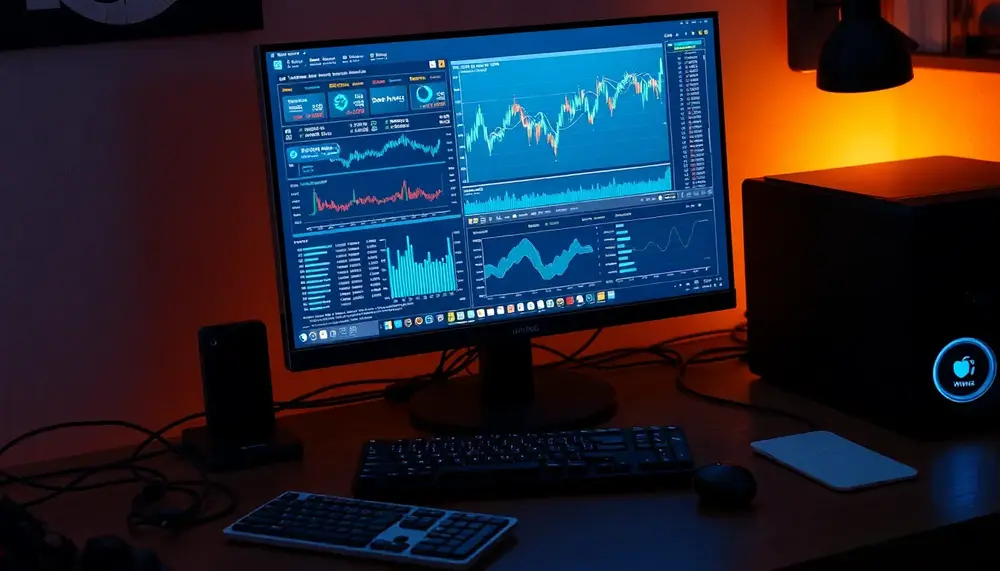
Setting up a mining pool involves configuring the correct URL and port settings to ensure efficient and secure operations, with considerations for cryptocurrency type, geographical location of pools, reputation, fees, supported coins, and security protocols. Understanding commonly used ports like...

Crypto mining on a Mac is possible but requires careful planning due to hardware limitations and software compatibility issues. To optimize performance, choose the right mining software like CGMiner or MacMiner, manage background processes, update your system regularly, and consider...

When cashing out crypto from mining, choose your payout coin wisely by considering transaction fees, market volatility, liquidity, and future potential; also understand minimum withdrawal requirements to ensure efficient transactions....

The article discusses the increasing popularity of USDT (Tether) mining and highlights its benefits, such as stability and low entry barriers. It also provides criteria for selecting reliable USDT mining sites and lists top platforms to consider in 2024, including...

USDT (Tether) is a stablecoin pegged to the US Dollar, offering stability and liquidity in the cryptocurrency market. Unlike traditional cryptocurrencies that are mined, USDT can be earned through methods like liquidity mining, staking, and cloud mining; setting up involves...
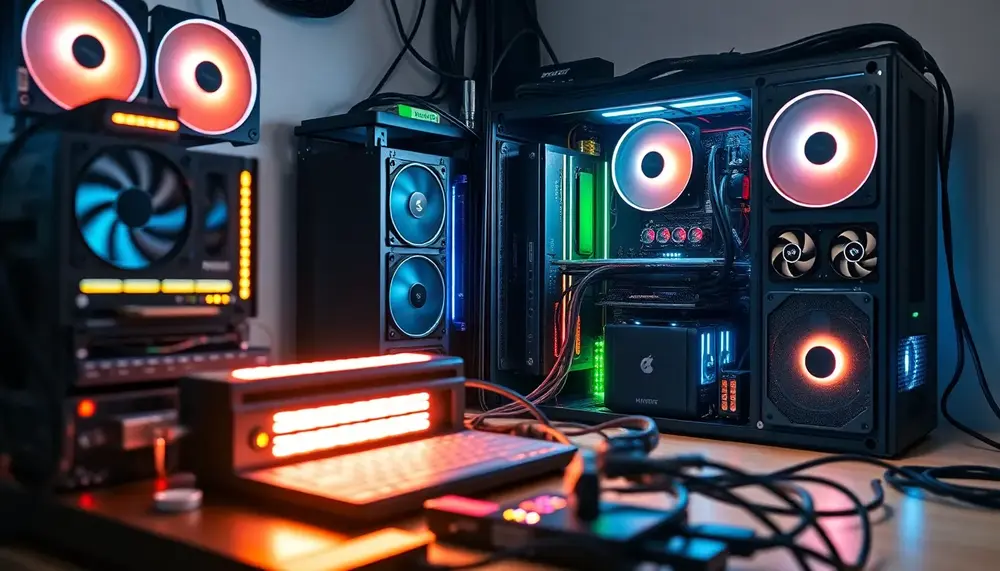
Setting up a crypto mining server involves selecting optimal hardware like GPUs or ASICs, building infrastructure with adequate power and cooling, installing suitable software, and ensuring legal compliance for efficient operations. This process requires careful planning to optimize performance while...
